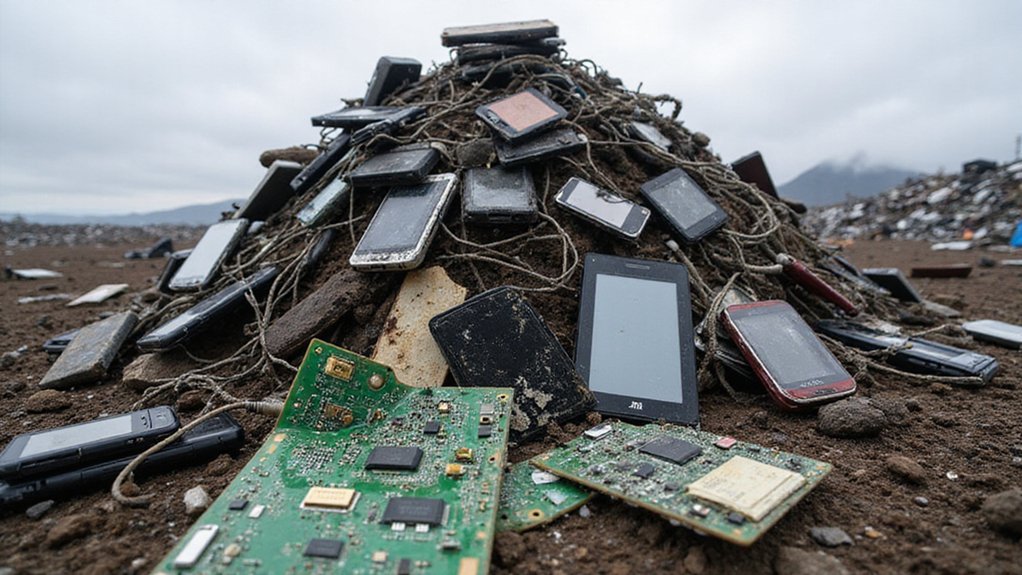The eyewear industry’s finally waking up to its plastic problem. After decades of churning out frames that’ll outlive our great-grandchildren in landfills, manufacturers are scrambling to clean up their act. About time.
Bamboo’s having a moment. The stuff grows two feet per day – faster than your teenager’s attitude problem – making it perfect for eco-conscious frames. Meanwhile, titanium’s getting recycled like aluminum cans, and biodegradable acetate from cotton seeds is replacing the petroleum-based junk that’s been standard forever. Even castor oil from Indian trees is becoming frames and lenses. Who knew?
The ocean’s becoming a shopping mall for eyewear companies. They’re fishing out old nets and plastic waste, melting them down, and slapping them on faces worldwide. Recycled stainless steel, reclaimed wood, ECONYL regenerated nylon that cuts emissions by 90% – the industry’s throwing everything at the wall to see what sticks. Some companies are even breaking down hard-to-recycle plastics at the molecular level. Science fiction meets fashion. These sustainable innovations could contribute to the 3-6 gigatonnes of emissions reduction that AI-integrated climate technologies might achieve annually.
Manufacturing’s getting smarter too. 3D printing means less waste, on-demand production means no warehouses full of unwanted inventory, and biodegradable demo lenses mean try-ons don’t end up in trash bins. Solar panels on factory roofs, water recycling systems – it’s like someone finally read the environmental memo from 1970. Traditional production methods like electroplating and color spraying for metal frames are getting phased out as manufacturers realize they’re poisoning waterways. Closed-loop production systems are catching on, where nothing escapes the factory as waste – every scrap gets recycled or reused back into the process.
The circular economy thing isn’t just buzzword bingo anymore. Brands want your old glasses back. They’ll recycle them, upcycle the parts, design new ones that actually decompose when you’re done. Take-back programs are popping up everywhere. Your scratched-up frames might become someone else’s new pair.
Even the big players are moving. EssilorLuxottica locked in a 12-year wind energy deal with ERG SpA. Nine hundred gigawatt-hours of wind power through 2034. Their repowered wind farms jumped from 16 MW to 42 MW with fewer turbines. That’s 75% of production running on wind.
Packaging’s changing too. Recycled paper boxes, biodegradable wrapping, recycled cleaning cloths. The whole supply chain’s going green. Whether it’s guilt, regulation, or genuine concern driving this change doesn’t matter. The planet’s getting a break either way.
References
- https://www.pel-eyewear.com/eyewear-testing-and-inspection-blog/manufacturing-eco-friendly-glasses-what-are-your-best-options
- https://www.hisightoptical.com/news/how-to-achieve-sustainable-production-of-eyewear/
- https://www.2020mag.com/article/3-facets-of-sustainable-eyewear
- https://www.knowesg.com/environment/eco-friendly-materials-and-manufacturing-methods-for-eyewear-10062024
- https://www.forever-eyewear.com/sustainable-production-in-the-eyewear-industry.html








